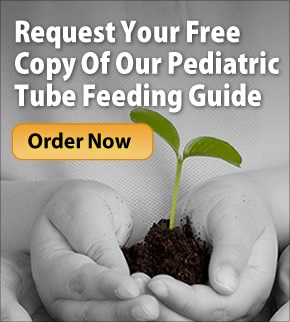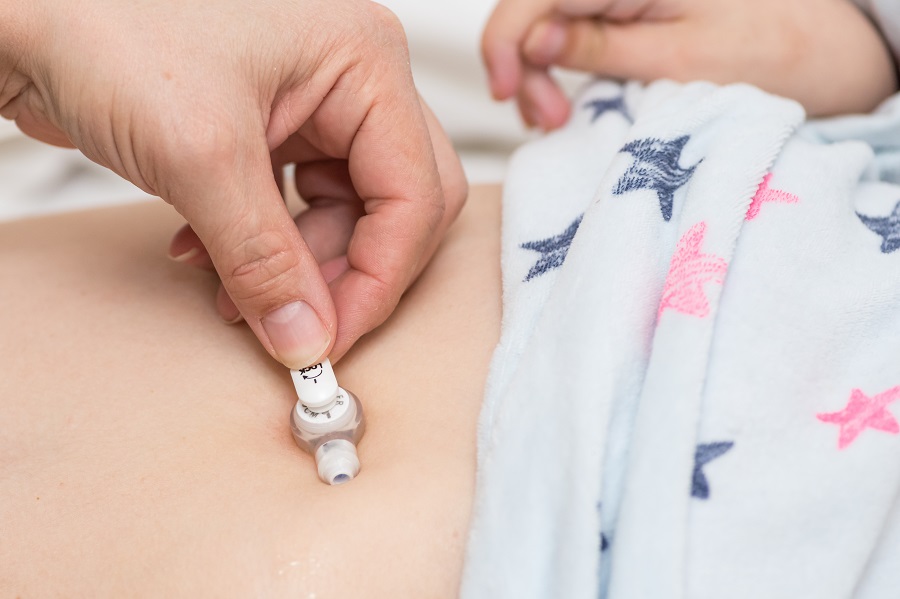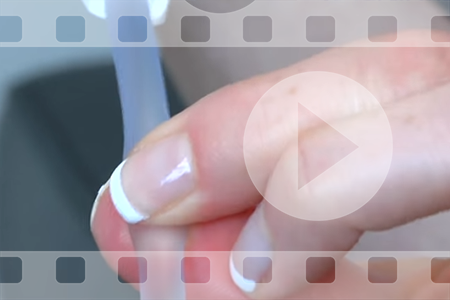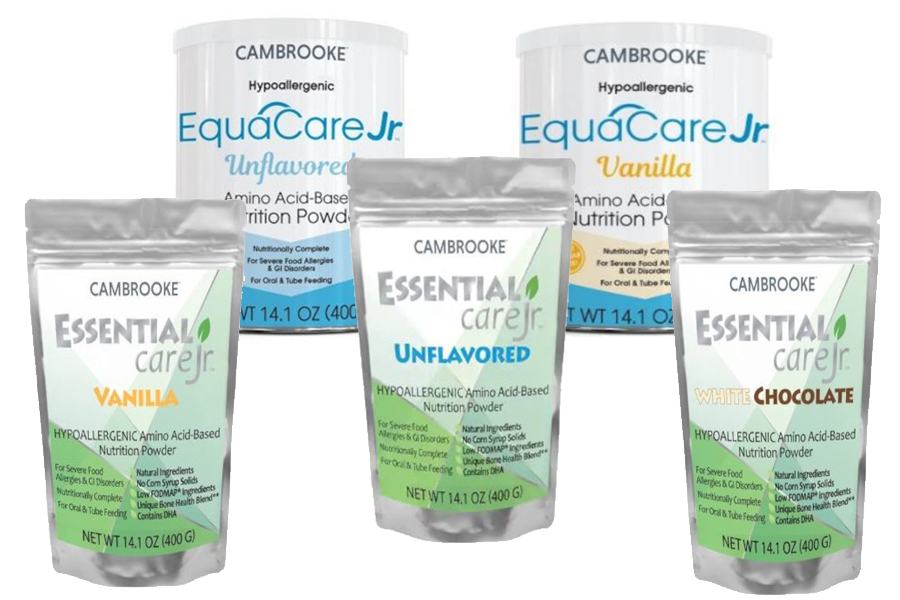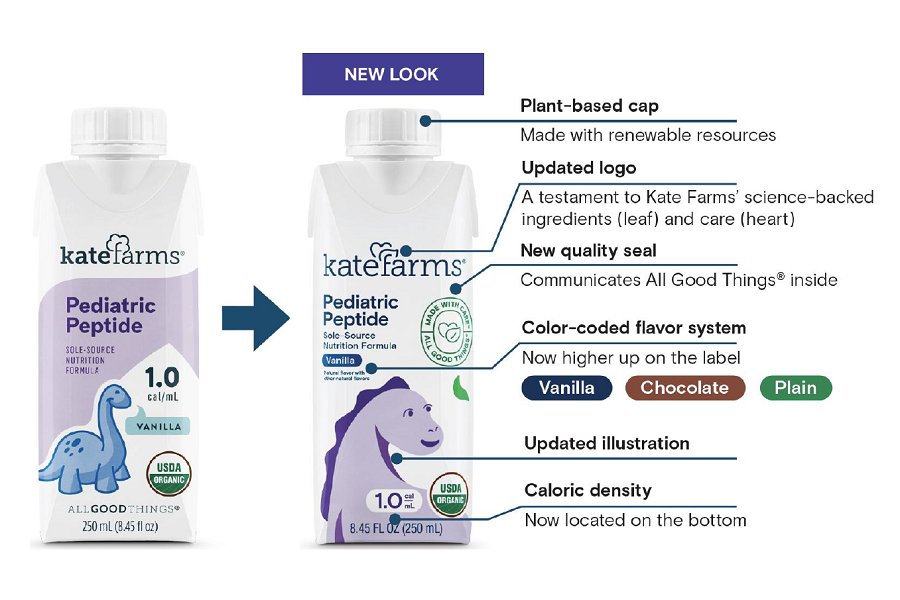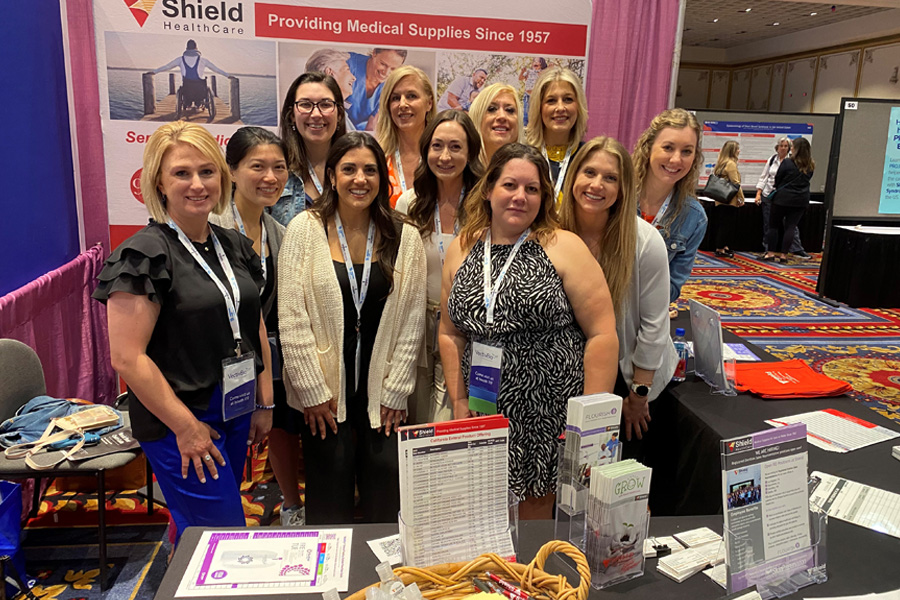Enteral Nutrition refers to the process of a liquid formula administered through a feeding tube directly into the digestive tract. If the patient has a functioning gastrointestinal tract and cannot be sustained nutritionally through oral feedings, they must rely on enteral feeding. This nutritional support must be ordered by a physician and considered reasonable and necessary.
The physician will choose the most appropriate route for nutritional support and appropriate feeding formula based on each patient’s gastrointestinal function and condition.
Enteral Feeding Methods:
Nasogastric Tube/NG Tube: The Nasogastric Tube (NG tube) is used for those individuals who are unable to ingest nutrients by mouth. The NG tube is placed in either nostril, passed down the pharynx through the esophagus and into the stomach and is usually used for short term feeding. After placement is checked, it is then secured to the nose with tape. The amount of tube required can range from 36″ to 45″. Placement must be checked before each feeding. Only a licensed physician or nurse may pass a NG tube.
The most popular tubes are silicone and the polyurethane. Always ask for the french size and the length when accepting an order for a NG Tube.
NG Tube Considerations: french size, length, material, weighted or guide wire
Gastrostomy Tube/G-Tube: The G-Tube is designed to provide a convenient access route for the delivery of long term Enteral Nutrition. It is surgically placed into the abdominal wall. The tube is located below the rib cage and slightly off to the left. The skin surrounding the tube should be kept clean and dry, and in some instances covered with a gauze dressing.
A benefit of the G-Tube is ease of replacement, patient comfort and convenience of care. Other tubes available are the Mushroom, MIC, PEG, and Malecot tube. The french size and balloon size are needed when placing an order for a G-Tube.
A typical complication of the G-Tube can be the moderate amount of gastric leakage. Gastric juices are highly corrosive and can cause skin irritation.
J-Tube/Jejunostomy Tube: The J-Tube is surgically implanted in the upper section of the small intestine called the jejunum, which is just below the stomach. The tube will be located lower and more towards the center of the abdomen, when comparing it to the location of a G-Tube.
The primary reason for use of the J-Tube is to bypass the stomach and to be fed directly into the intestinal tract. The patient must always be fed with an enteral feeding pump. The tube is sometimes secured in place with sutures. The skin surrounding the tube should be kept clean and dry and covered with a gauze dressing.
The placement of the tube is done by the physician. The type of tubes may vary.
* Note: Shield HealthCare does not carry J-Tubes.
Bolus/Syringe Method: This method of feeding is achieved when a syringe is attached to the feeding tube and formula is poured into the syringe, it is allowed to flow into the tube by gravity. This method is very quick and simple. The only equipment needed for this method is a feeding tube, formula and the proper size syringe.
The recommended types of syringes are: 60cc Catheter Tip Syringe for feeding and a 30cc Luer Tip Syringe for inflating the feeding tube
Gravity Drip Method: The Gravity Drip Method of feeding is achieved when a gravity feeding bag set is used to administer the patient’s formula. The bag or set is filled with formula through an opening at the top. The bags are marked in ml. for easy measuring. The bags are also equipped with roller clamps to control the flow rate, which is determined by the physician. Many bags have an ice pouch on the outside to keep the formula fresh during feedings. The bag must be changed every 24-hours to reduce the rate of bacteria.
Pump Feeding: The Pump Feeding Method is controlled by an electrical or battery operated device. The pump feeding set is thread through the pump and set to secure the rate of infusion ordered by the physician due to the patient’s past or current medical condition.
Shield HealthCare Enteral Nutrition Support Program
Shield HealthCare’s Registered Dietitians train the caregiver or patient on how to use the equipment upon discharge from the hospital.
An employee will also be available 24-hours a day, 7 days per week via an answering service for emergencies. A back-up pump will be available if needed for replacement.








